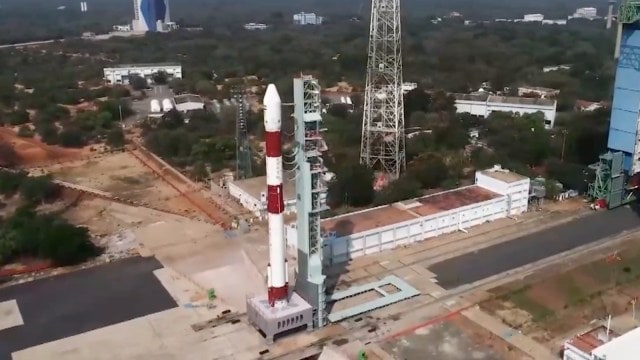The Indian Space Research Organisation (ISRO) ended 2024 on a high when the SpaDeX mission, which will demonstrate its docking capability in space, commenced Monday night . The PSLV-C60 workhorse lifted off from the Satish Dhawan Space Centre in Sriharikota and successfully placed two satellites in the desired lower earth orbit.

The SpaDeX or Space Docking Experiment is key to ISRO’s future missions – sample return from the Moon, an Indian on the Moon, the building and operation of the Bharatiya Antariksh Station (BAS).
The success of this mission will make India the fourth country in the world with space docking technology – after Russia (the former USSR), US and China.
Two small satellites, injected in a 475-km circular orbit after the launch, will demonstrate the docking. A distance of around 20 km will first be created between the two satellites – the SDX01 Chaser and SDX02 Target.
Once the required distance is attained within a day, the propulsion system on the Target will be fired to counter the relative velocity – the satellites will stop drifting away and remain at a constant distance from each other.
“The final docking manoeuvre will be attempted 7 to 8 days after launch,” an official from ISRO said.
Story continues below this ad
For the docking, the Chaser will start reducing the distance between the satellites progressively to 5 km, 1.5 km, 500 m, 225 m, 15 m, 3 m, finally joining with the Target satellite. Once joined, the satellites will also transfer electrical power. They will later separate and continue working on their own for the next two years.
The Chaser satellite has a high resolution camera on board – a miniature version of a surveillance camera. The Target is carrying a multispectral payload that will be used for monitoring natural resources and vegetation along with a radiation monitor that will study space radiation and create a database.
The docking-undocking capability is essential for future missions that require heavy payloads which cannot be carried in a single launch. Modules build a space station – the Bharatiya Antariksh Station will have five modules that will be connected in space, with the first module launch planned for 2028.
The planned Chandrayaan-4 mission will require docking capability because the re-entry module, which will be designed to withstand the heat of re-entry to the Earth’s atmosphere, will be launched separately. The transfer module carrying samples from the Moon will come and dock with the re-entry module in the Earth atmosphere.
Story continues below this ad
The fourth stage of the launch vehicle will be used as POEM – or PS4 Orbital Experiment Module – to demonstrate 24 technologies, including 10 technologies from start-ups and educational institutions.
This will be the first time an ISRO mission will carry a biological experiment. The CROPS (Compact Research Module for Orbital Plant Studies) experiment will see the germination of seed and sustenance of a plant up to a two-leaf stage. Other experiments from ISRO include a debris capture robotic arm that will use a visual feed and object motion prediction to capture debris, another moveable robotic arm that may be used in servicing satellites in space in future.
The experiments by other organisations include a study of plant cells in microgravity and in Earth gravity from Amity University, a study of gut bacteria to generate their growth curve in space by Bengaluru’s RV College of Engineering, a couple of synthetic aperture radars, and a green propulsion system among others.









